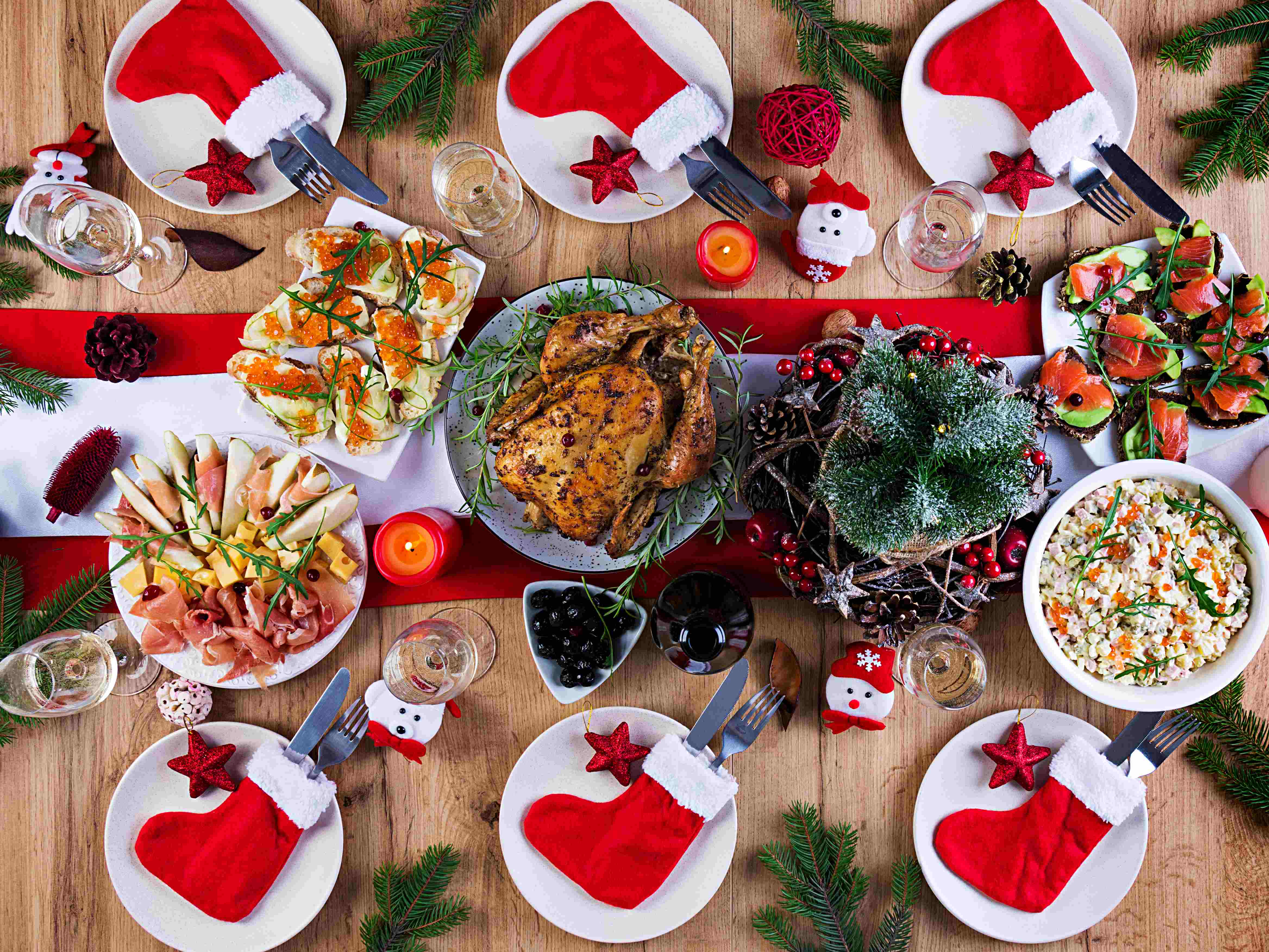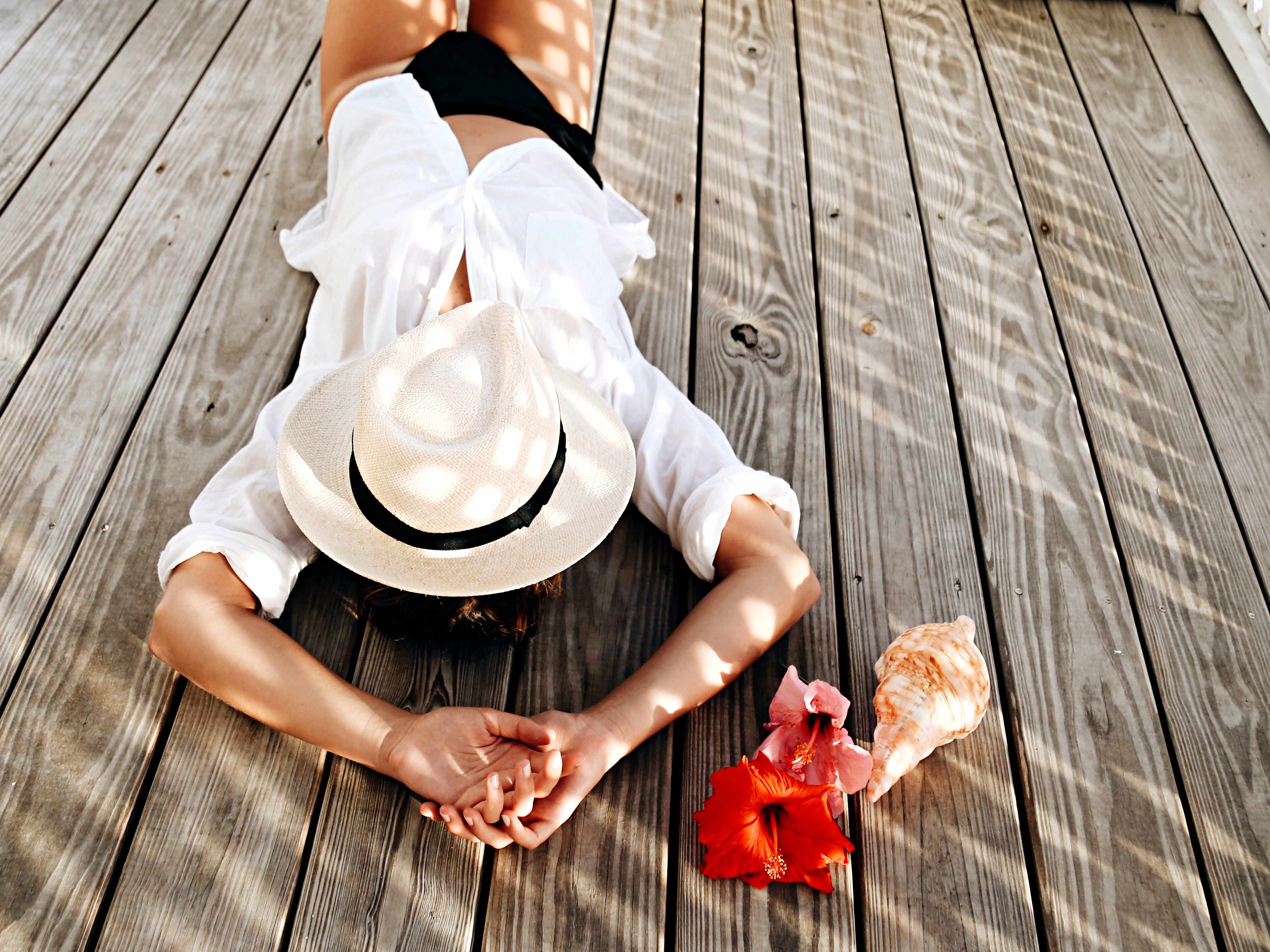
The Spanish Christmas meal is typically comprised of several courses and will often last for two or three hours filled with conversation, eating special foods that have been prepared ahead of time, and sharing with family and friends in the joy of Noche Buena (The Good Night).
Tetilla Cheese Puffs with Sesame Seeds and Honey
You won’t find cheese puffs very often in Spain, but at Christmas, no holds are barred. This is a time when people break out new recipes and creative creations to add some flare to the traditional dishes.
Shrimps
During the holidays, shrimp are served in many different ways. They are mixed into salads, chopped into savory tartlets, tucked into mini-sandwiches, and stacked whole onto plates under a sprinkle of salt.
Spanish Seafood Soup
Many of the most traditional first courses at a Spanish holiday meal consist of some type of seafood soup. Common ingredients include shrimp, clams, and mussels along with fish like hake or monk.
Tuna Belly, Blood Orange and Avocado Salad
Salads here tend to let the vegetables and toppings shine by using very light dressings. Often times a drizzle of olive oil and a splash of vinegar is all the dressing it needs!
Slow-Roasted Andalusian-Style Lamb and Potatoes
More often than not, that meat is lamb. While suckling pig and even some beef recipes may make it to the table, the dish which is most often hear about at Spanish Christmas dinners is roasted lamb.
Popular desserts and sweets include ‘mazapán’ (made of almonds, sugar and eggs), ‘turrón’ (made of honey and toasted almonds) and ‘polvorones’ (made of flour, butter and sugar). Bon Appetite!
Dinner in Spain

Food in Spain is a whole ceremony and dinner is no exception. If you follow the habit of not eating after six, then prepare to be surprised! After all, the Spaniards have dinner at nine or even ten in the evening, and this is an absolutely normal daily routine. Most Spaniards prefer to have dinner tightly, but they choose not fatty and not heavy food, unlike lunch. Often times, this kind of event lasts several hours, as it is a great occasion to spend time with your family and discuss the evening news.
Another reason for eating so late is the work schedule. Many people finish work closer to ten, so even restaurants and cafes are usually open until midnight. For dinner, the Spaniards can eat fish, meat, salads, and even soup. Soups in Spain are not an exclusive dining attribute, and they are eaten with pleasure at any time of the day. On the table, of course, there can be seafood in all their variations, fresh and baked vegetables and cheese plates. And, of course, people here are also very fond of grilling food.
If you want to dine in Spanish right on your balcony, you need a selection of products, inspiration and, in fact, a kitchen. Products can be found at your nearest supermarket or market. The sound of the sea and the cry of seagulls will inspire you. Well, apart-hotels GBH Hotels and Apartments have made sure that all apartments have well-equipped kitchens. Enjoy a real Spanish dinner!
Spanish siesta

Well, who has not heard about the famous Spanish siesta! Hours of rest right in the middle of a working day – isn’t that a dream? For tourists, this may seem like something exotic and incomprehensible, but for residents of Spain, this is a time of legitimate rest from work. The reason for this is the sultry heat, which makes it difficult to work productively. In some southern regions, the thermometer rises to 50 degrees Celsius! Working in such weather is not only difficult, but also dangerous.
Usually the siesta starts at three o’clock in the afternoon when the sun reaches its peak. But many establishments and companies vary this time, leaving for a siesta half an hour, or even an hour earlier. During this time, no calls are made, no clients are accepted, and no e-mails are sent. Shops are closed, but restaurants, on the contrary, gladly welcome hungry guests who have come to dine calmly and slowly. After lunch, some even take a nap.
The siesta ends at around five in the evening, when the activity of the sun begins to subside. People again go out into the streets, get to work, and the life of the country continues in its measured and steady rhythm.
